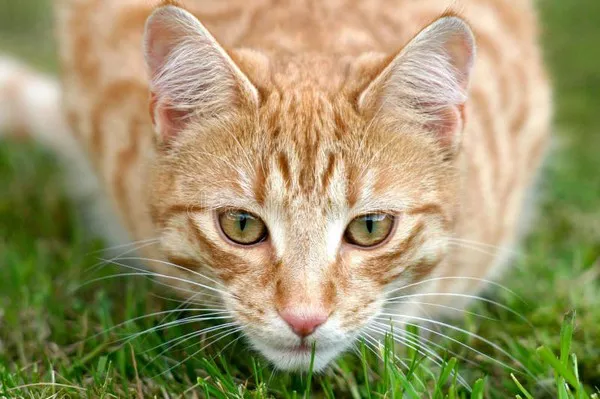Cats are often perceived as independent and aloof creatures, but with the right training techniques, you can establish a strong bond with your feline companion. Clicker training has emerged as a highly effective and positive reinforcement method for shaping desired behaviors in cats. In this article, we will delve into the intricacies of clicker training, providing you with a step-by-step guide to transform your cat into a well-behaved and responsive pet.
Understanding Clicker Training
Clicker training is a form of operant conditioning that uses a small handheld device known as a clicker to mark desired behaviors instantly. The click serves as a bridge between the behavior and the reward, creating a clear association for the cat. This method relies on positive reinforcement, rewarding your cat for exhibiting the desired behavior.
Getting Started
Choosing the Right Clicker:
Begin by selecting a clicker with a distinct and consistent sound. Clickers are available in various shapes and sizes, but the key is to find one that is comfortable for you to hold and easy for your cat to hear. The consistent sound of the clicker is crucial for effective communication.
Associate Clicker with Rewards:
Before introducing the clicker to your cat, pair the click sound with a high-value treat. Click the device and immediately provide a treat to create a positive association. Repeat this process several times until your cat begins to associate the click with a reward.
Timing is Crucial:
The success of clicker training hinges on precise timing. Click the moment your cat performs the desired behavior to ensure a clear connection between the action and the reward. The click must be instantaneous to reinforce the correct behavior.
Basic Clicker Training Techniques
Target Training:
Target training involves teaching your cat to touch a specific object with their nose or paw. Start by presenting a target, such as a stick or your hand, and click as soon as your cat makes contact with it. Reward the behavior with a treat. Gradually increase the difficulty by moving the target to different locations.
Click for Eye Contact:
Establishing eye contact is a fundamental aspect of communication with your cat. Click and reward your cat for making eye contact with you. This simple exercise lays the foundation for more advanced commands.
Shaping Behaviors:
Shaping involves rewarding incremental steps toward a desired behavior. If you want your cat to sit, for example, click and reward for any movement in that direction. As your cat becomes more adept, reinforce only the behavior that closely resembles the final command.
Advanced Clicker Training
Teaching Tricks:
Clicker training opens the door to teaching your cat an array of tricks. From rolling over to giving a high five, break down each trick into manageable steps. Click and reward as your cat successfully completes each step, gradually combining them to achieve the full trick.
Discouraging Undesirable Behaviors:
Clicker training can also be used to deter unwanted behaviors. Instead of punishing your cat for inappropriate actions, redirect their attention to a positive behavior and reward it. This helps shift their focus away from undesirable habits.
Introducing Verbal Commands:
Once your cat has mastered a behavior with the clicker, gradually introduce a verbal command. Pair the command with the click and reward until your cat associates the verbal cue with the desired action. Over time, you can phase out the clicker and rely solely on the verbal command.
Troubleshooting Challenges
Patience and Consistency:
Training a cat requires patience and consistency. Cats may not always respond immediately, and some behaviors may take time to master. Stay calm, be consistent in your training sessions, and celebrate small victories along the way.
Adjusting Rewards:
Keep your cat motivated by varying the rewards. While treats are effective, consider incorporating playtime or affection as rewards. Adjust the value of the reward based on the difficulty of the task and your cat’s preferences.
Recognizing Limitations:
Understand that every cat is unique, and some may have limitations or behaviors that are challenging to modify. Respect your cat’s individual personality and focus on reinforcing positive behaviors rather than attempting to eliminate every undesirable trait.
See Also: 8 Most Difficult Types Of Cats To Train
Conclusion
Clicker training for cat is a powerful tool for fostering a strong bond with your feline companion while instilling positive behaviors. By understanding the principles of operant conditioning, timing your clicks precisely, and being patient and consistent, you can transform your cat into a well-trained and responsive pet. Remember that each cat is unique, so tailor your approach to suit your cat’s personality and preferences. With dedication and positive reinforcement, you’ll be amazed at the progress your cat can make through clicker training.



























